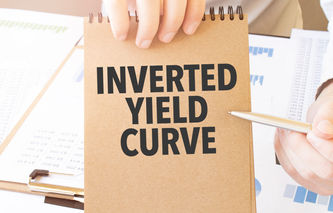Definition
The financial investing term flattened yield curve refers to a line plot that runs parallel to the x-axis, indicating rates that do not vary with maturity. A flattened yield curve is a very rare event; since it indicates both short and long-term debt provide the investor with the same return. A flattened curve for debt securities, such as those issued by the U.S. Treasury Department, can occur as yields shift between normal and inverted.
Explanation
Also known as the term structure of interest rates, yield curves are typically used depict the relationship between interest rates and the time to maturity of a debt security such as a bond. The shape of the curve provides the analyst-investor with insights into the future expectations for interest rates, as well as a possible increase or decrease in macroeconomic activity. Yield curves are simple line plots showing the term, or maturity, on the x-axis (horizontal axis) and the corresponding rate of interest, or yield, on the y-axis (vertical axis). When plotting a yield curve, the securities should be of similar, if not identical, credit quality.
As the illustration below demonstrates, a flattened yield curve has no slope; the returns on short and long term debt are exactly (nearly) the same. Yield curves that are flat are temporary events, typically occurring during transitions between normal and inverted curves. As such, it cannot be explained by market theories.
For example, if the returns on two and ten year debt were the same, individuals would not choose to invest in the longer-term security, since they are not being compensated for the additional risk they're assuming. This lack of investor interest would eventually drive the returns on longer-term securities higher.
Example
The following illustration demonstrates the shape of a normal versus flattened yield curve.




